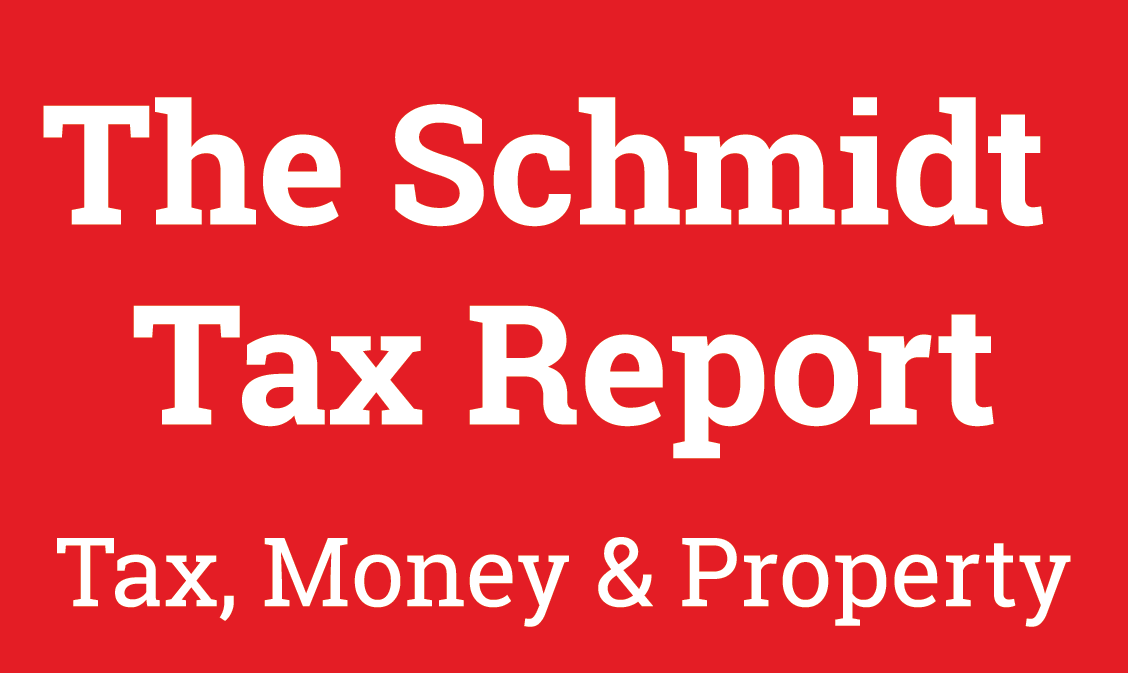There’s no doubt that, in its erratic and seemingly naive and thoughtless way, HMRC is tightening the noose round the neck of business. One particularly vicious recent attack, which hasn’t really hit the headlines because it only affects the minority of people in this country who are entrepreneurs, involves the ever more draconian restrictions on trading loss relief. It seems perfectly fair, to politicians and civil servants (none of whom, probably, has ever taken any real business risk) to tax people when they make a profit, but to restrict relief when they make a loss: so you can end up paying more tax than your total net income very easily these days. Don’t worry, though: this can never happen to highly paid public service employees!
We’re going to concentrate on two particular examples of these restrictions, and show you a way you can break free from them.
First, there’s the ‘ten hours a week’ rule. If you are running a business, either alone or in partnership, and you give less than ten hours a week of your personal time to that business, on average, your relief for any losses is capped at £25,000: so you may have lost ten times that, or a hundred times that, in your efforts to build up a new business, say, but that’s the amount of relief you’re stuck with.
The second restriction was introduced later, and on the surface seems less harsh; but it applies even if you work every hour that God sends in the business. This is the overall restriction of loss relief to £50,000 or 25% of your total income, whichever is the greater. So this won’t ever hit the headlines as the outrage it is: it only hits the hated ‘rich’.
To take an example, supposing someone has income from one source of £200,000 but has basically lost it all in supporting an ailing (but hopefully ultimately profitable) business that he or she is devoting most of their time to.
The total net income received by the person in that year is precisely nil. However, only £50,000 of the £200,000 losses are available for offset. So there is a tax bill, on nil income, of something between £50,000 and £60,000 in that year.
How do you break free?
Well, quite simply, you take advantage of the fact that these loss-relief restrictions only apply to individuals: they don’t apply to limited companies.
In our example above, it may be possible for the person concerned to route the £200,000 income through a company rather than receiving it personally. If it is income in return for the provision of services, for example, it may well be possible, by arranging the contractual relationships sufficiently in advance, to pass the £200,000 income through the company by way of it invoicing the end users of the services. If the company also is the entity which incurs the losses for tax purposes, full relief is available in the same year, and the tax bill, far from being £50,000 to £60,000, is nil.
This is obviously something which calls for careful planning, and it is essential to think hard about the way you structure your income and business activities. Partnerships involving companies have had a fair battering recently with various legislative sledgehammers bashing down on top of their structures. However, from the point of view of loss relief, a partnership structure may just give you the flexibility, in the way of allocation of profits and losses, you need to steer clear of the kind of boggy territory where you can sink without trace as a result of tax charges on income that you never receive.
